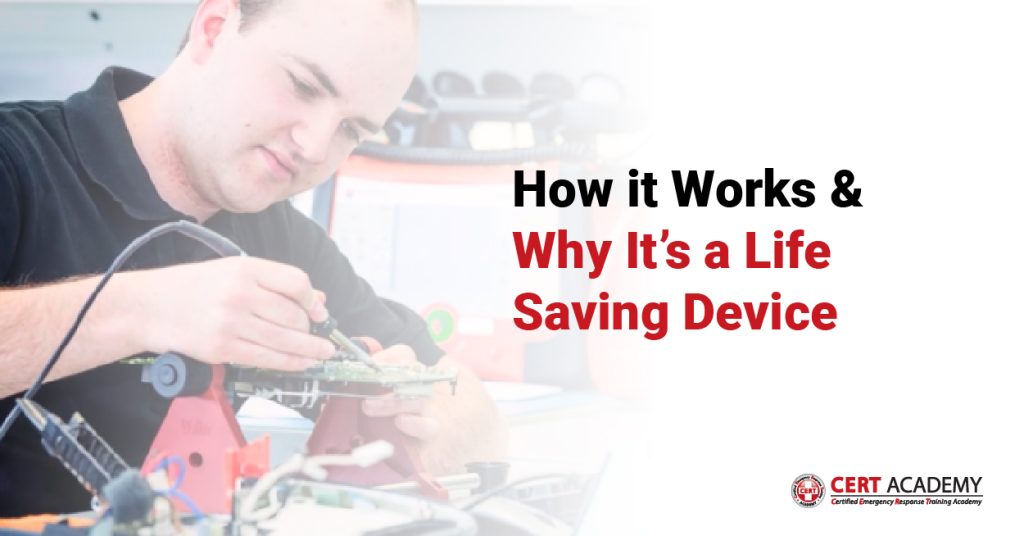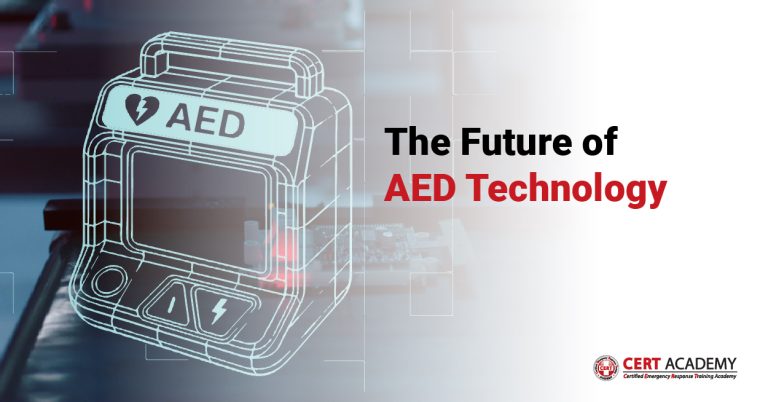Call Us +603-8066 8665
How It Works & Why It’s a Life-Saving Device
An Automated External Defibrillator (AED) is a portable device used to help people experiencing sudden cardiac arrest (SCA). It delivers an electrical shock to the heart to restore a normal rhythm.

So how the AED machine works, first we need to turn on the AED. Most AEDs have a power button or turn on automatically when the lid is opened. The device provides voice or visual instructions. Second, we need to attach electrode pads.Peel off the adhesive backing and place the pads on the person’s bare chest. Then, AED will analyze the heart rhythm. During Heart Rhythm Analysis,
The AED machine automatically checks for life-threatening arrhythmias (such as ventricular fibrillation or ventricular tachycardia). Shock will delivered if the victims needed if the AED machine detects an abnormal rhythm that requires defibrillation. Then the AED machine will guide the first aiders to continue CPR if needed. It may reanalyze the heart rhythm periodically and advise further shocks if necessary.
An Automated External Defibrillator (AED) is a device designed to help restore a normal heart rhythm in someone experiencing sudden cardiac arrest (SCA). Survival chances decrease with each passing minute without defibrillation, but using an AED within the first few minutes after collapse can greatly improve outcomes. While CPR is important, it alone often cannot restore a normal heart rhythm, which is why AEDs play a critical role. AEDs are also designed for ease of use, providing clear voice and visual prompts to guide rescuers step by step. They automatically analyze heart rhythm and will only deliver a shock if required, making them safe to use even by individuals without medical training.
AED also available in public places for fast action such as airports, schools, malls, gyms, offices, and public transportation hubs. Their accessibility allows bystanders to act immediately, before paramedics arrive. AED machine also supports CPR for better outcomes. Using CPR + AED together maximizes the chances of survival and reduces brain damage caused by lack of oxygen.



